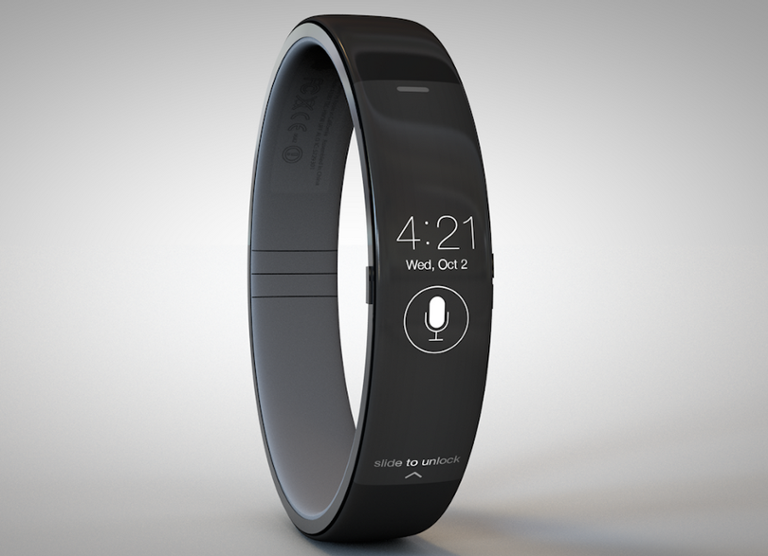If you believe the ever-churning rumor mill,
Apple will unveil its long-awaited “iWatch” in late 2014. But how many units will the “smartwatch” actually sell?
According to Morgan Stanley analyst Katy Huberty, Apple could rack up sales of 30 million to 60 million units within the iWatch’s first 12 months of release. How does she arrive at that astronomical figure, especially considering that no “smartwatch” currently on the market has proven a breakaway hit? “Brand loyalty” to Apple, Huberty wrote, will supposedly provide the necessary fuel—never mind that no Apple product has managed to sell close to even the 30-million mark during its first year on the market.
Click here to find iOS developer jobs. Tech blogger John Moltz neatly framed the skepticism over Huberty’s estimate in a July 14 posting:
“Now, it might seem ridiculous to try to predict how many of a thing we know nothing about will sell, but it’s simple, really. You just take the total number of watches ever sold ever, take the cosine (always take the cosine… take it AND RUN AND NEVER STOP RUNNING), adjust for inflation, apply the least squares method (because only squares wear smartwatches) and then—and this is the part people always forget—take back one kadam to honor the Hebrew God, whose iWatch this is.”
Considering the accuracy of many analyst estimates, that method of estimation is probably as good as any. Anyway, moving right along: In June, The Wall Street Journal reported (based on information from anonymous sources “familiar with the matter”) that
Apple would offer the iWatch later this year in multiple models and sizes, and that the device would come studded with multiple sensors for monitoring the wearer’s health metrics. “Apple aims to address an overarching criticism of existing smartwatches that they fail to provide functions significantly different from that of a smartphone,” the Journal added at the time. Apple introducing a new product category could help blunt criticism that the company’s creative well has run dry. But any new product will face intense scrutiny and expectations.
Related Articles
Image: Todd Hamilton 

